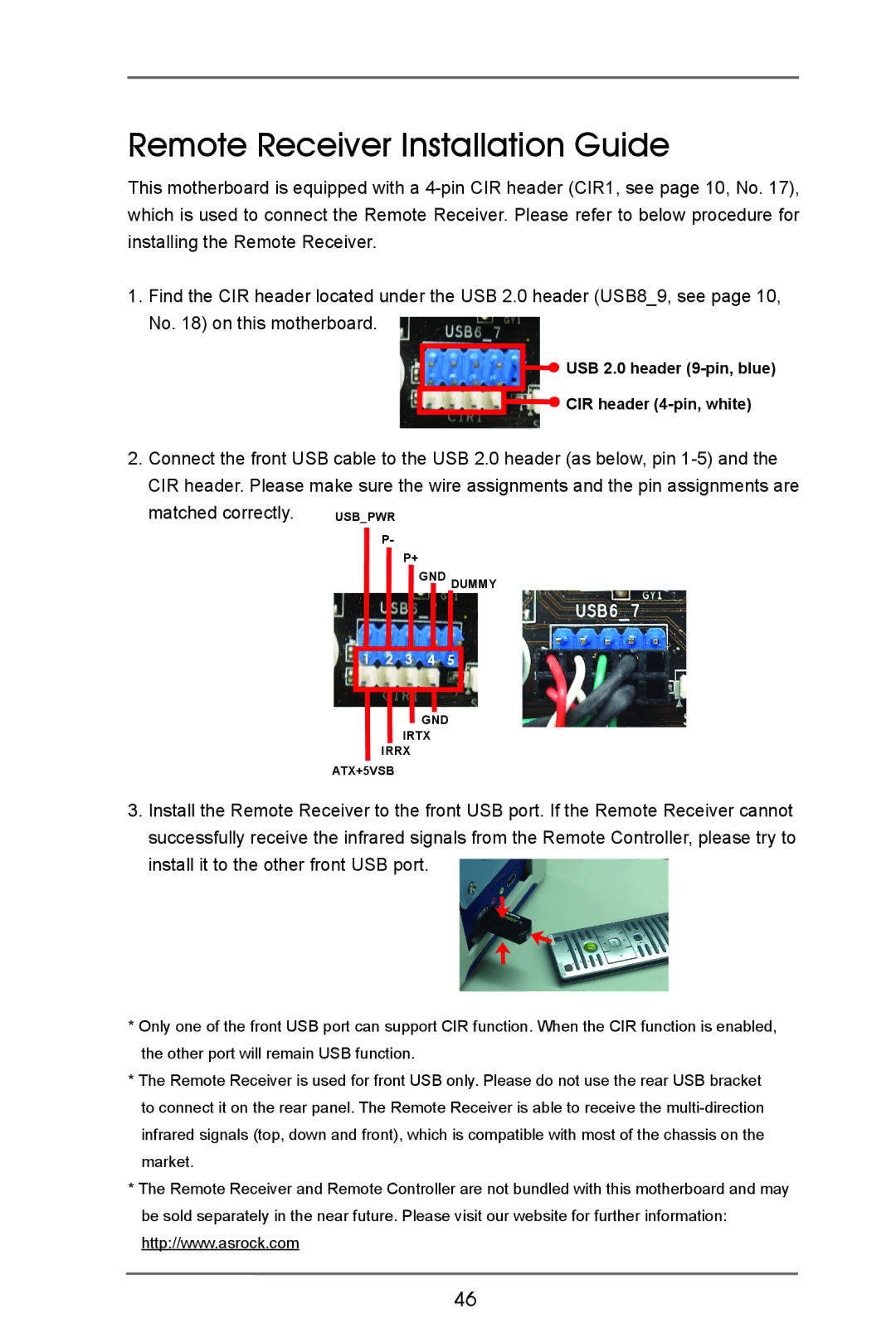E350M1 specifications
The ASRock E350M1 is a mini-ITX motherboard that stands out in the realm of compact computing, specifically designed for AMD's Fusion technology. Introduced for those who seek an efficient yet powerful computing solution, this motherboard is built to accommodate the AMD E-350 APU, a dual-core processor that merges both CPU and GPU functionalities on a single chip.One of the standout features of the ASRock E350M1 is its support for DirectX 11, which enables rich graphics rendering for a variety of applications, from casual gaming to multimedia playback. The integrated Radeon HD 6310 graphics provide sufficient performance for everyday tasks and light gaming, making this motherboard a suitable choice for home theater setups and compact PCs.
The motherboard offers two DDR3 memory slots that can accommodate up to 16GB of RAM, providing flexibility for users who may require additional memory for multitasking or running memory-intensive applications. It supports dual-channel memory architecture, which further enhances system performance for various workloads.
The ASRock E350M1 also includes an array of connectivity options. Users will find six SATA3 ports for connecting high-speed storage devices, ensuring that data transfer rates are optimal for modern storage solutions. Additionally, it features USB 3.0 ports, which allow for significantly faster data transfer speeds compared to USB 2.0, catering to users who frequently transfer large files.
On the networking front, the ASRock E350M1 comes equipped with a Gigabit Ethernet port, supporting high-speed internet connections suitable for streaming and online gaming. Furthermore, the motherboard features an HDMI output, allowing users to connect to modern displays with ease and enjoy high-definition content.
The board also includes a proprietary software utility, ASRock App Charger, which allows users to charge their mobile devices even when the computer is powered off. This feature adds a layer of convenience for users who leave their devices charging overnight or in a low-power state.
In summary, the ASRock E350M1 is a robust mini-ITX solution that combines efficiency, performance, and versatility. Ideal for home users, small businesses, or anyone seeking a compact PC without sacrificing power, it leverages AMD's Fusion technology to deliver a well-rounded computing experience. With its blend of performance features, modern connectivity options, and additional utilities, it remains a solid choice for diverse computing needs.

